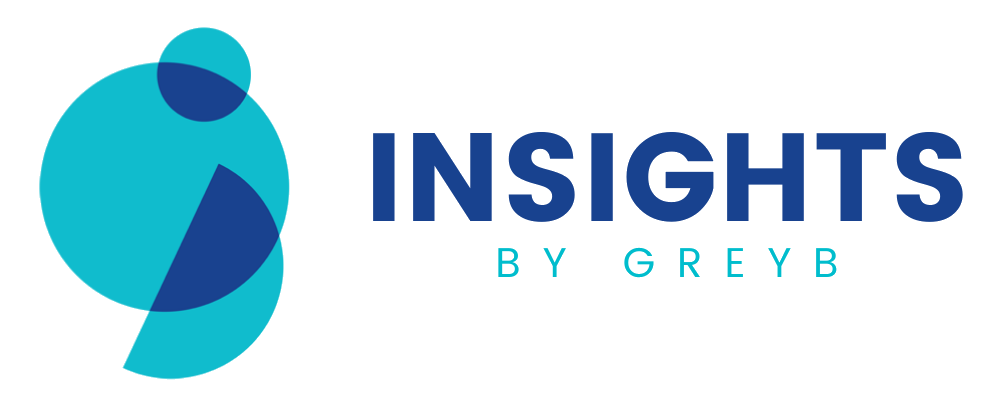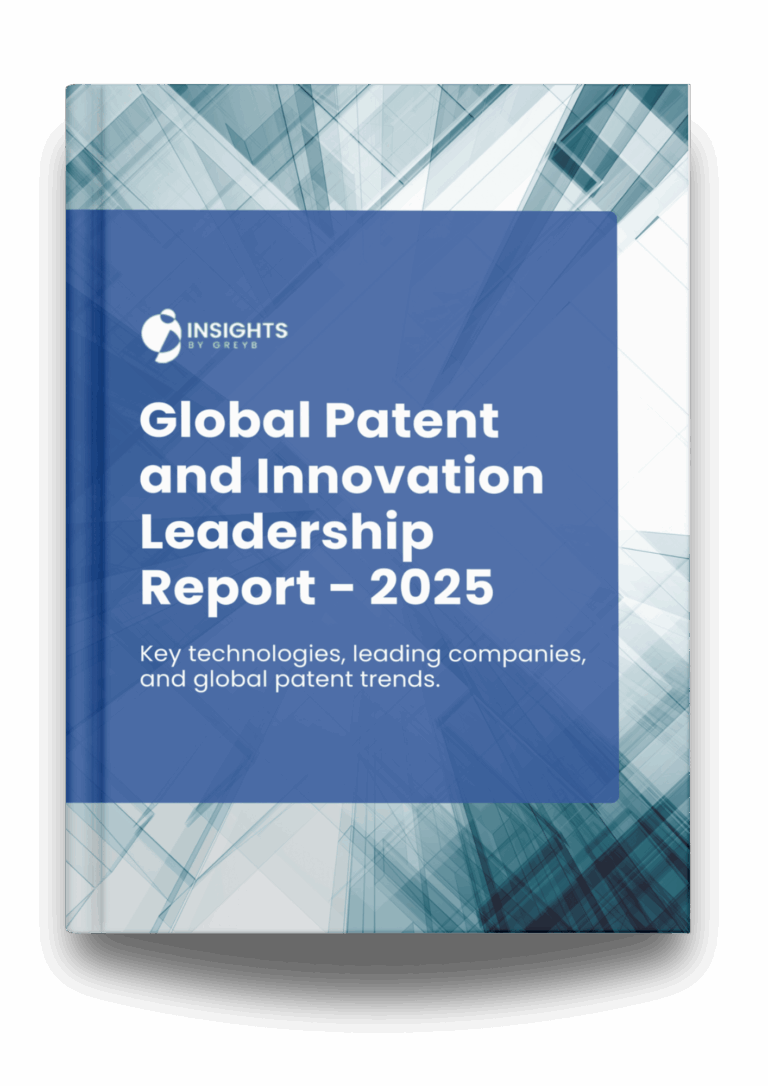On April 18, 2024, Intel unveiled the world’s largest neuromorphic system, Hala Point. This technological marvel features 1.15 billion artificial neurons, offering processing power comparable to an owl’s brain or a capuchin monkey’s cortex. Initially deployed at Sandia National Laboratories, Hala Point paves the way for groundbreaking research in brain-inspired artificial intelligence (AI).
Understanding Neuromorphic Computing in Layman’s Terms
Neuromorphic computing mimics the way the human brain operates. Unlike traditional computers that use a set of predefined instructions to process data, neuromorphic systems like Intel’s Hala Point use networks of artificial neurons to process information in a more dynamic and efficient manner. These systems can learn and adapt, much like our brains do, making them particularly powerful for AI applications. Intel Loihi 2 processors are at the heart of this technology, enabling direct communication between neurons to drastically reduce power consumption and increase processing speed.
Here’s what the Director of Intel Labs has to say on this breakthrough innovation:
“The computing cost of today’s AI models is rising at unsustainable rates. The industry needs fundamentally new approaches capable of scaling. For that reason, we developed Hala Point, which combines deep learning efficiency with novel brain-inspired learning and optimization capabilities. We hope that research with Hala Point will advance the efficiency and adaptability of large-scale AI technology.”
– Mike Davies, Director (Neuromorphic Computing Lab, Intel Labs)
How Does Hala Point Enhance AI Sustainability and Efficiency?
Hala Point is part of Intel’s broader effort to make AI more sustainable. It highlights the potential of neuromorphic computing for reducing the energy consumption of data-intensive operations. This powerful system, used for brain-scale computing research at Sandia National Laboratories, serves as a testbed for future AI models. Compared to its predecessor, Pohoiki Springs, Hala Point significantly boosts neuron capacity and performance.
What Makes Intel Loihi 2 Processors Unique in Hala Point?
Loihi 2 neuromorphic processors form the basis for Hala Point. These brain-inspired chips use a unique network where neurons communicate directly with one another instead of through memory, significantly reducing power consumption. This innovative approach enables Hala Point to operate efficiently and sustainably, addressing the rising energy demands of modern AI models.
What Patent Insights are Relevant to Intel Hala Point’s Architecture?
The patent, WO2024076823A1 describes a method of communication between devices, relevant to Hala Point’s architecture. Specifically, the patent discloses information transfer and mapping between devices, similar to how Intel Loihi 2 processors communicate. This patent underpins the advanced communication capabilities of Hala Point, contributing to its superior performance.
How Does Intel Hala Point Compare to Other Neuromorphic Projects?
Intel’s Hala Point, leveraging Intel Loihi 2 neuromorphic chips, represents a pioneering approach in neuromorphic computing, aiming to enhance AI and IoT efficiency. Hala Point distinguishes itself from other projects, such as BrainScaleS and HP’s Machine Project, with advanced on-chip learning capabilities. It claims to solve optimization problems using 100 times less energy and at speeds 50 times faster than traditional GPU and CPU architectures, setting new standards in neuromorphic technology applications.
What is the Future Impact of Intel Hala Point on AI?
Intel’s Hala Point is a testament to the future of AI, showcasing the immense potential of neuromorphic computing systems. By significantly improving energy efficiency and computational speed, Hala Point sets the stage for the next generation of AI models, driving innovation in brain-inspired computing.
As we stand on the brink of a new era in AI, Intel’s Hala Point challenges us to rethink the boundaries of technology and its potential. Will neuromorphic computing redefine our understanding of intelligence and efficiency, and could it ultimately bridge the gap between human and machine cognition? Only time will tell, but one thing is certain—Hala Point is a giant leap towards that future, sparking questions and possibilities that will shape the next wave of innovation.
Here are some interesting articles you can explore to learn more about Intel’s patents. Click here to access them now.
Need to know anything else? We got you covered!





